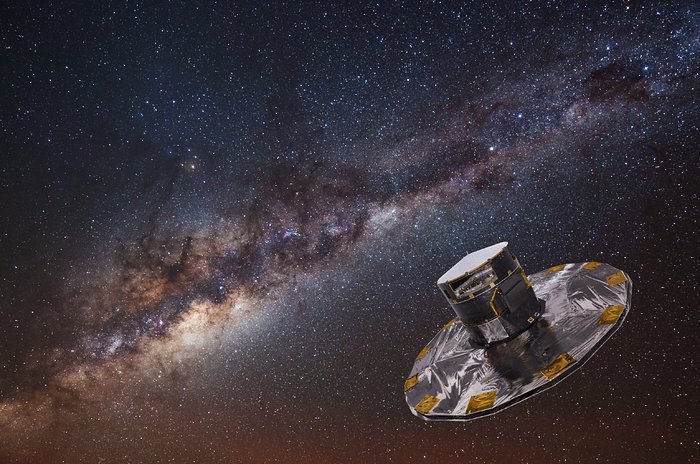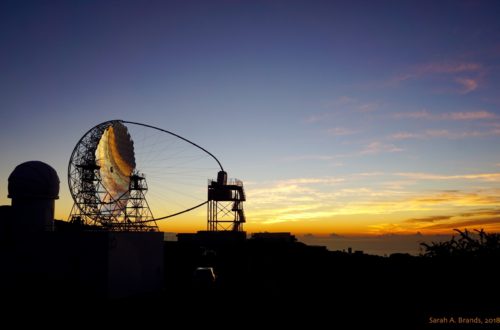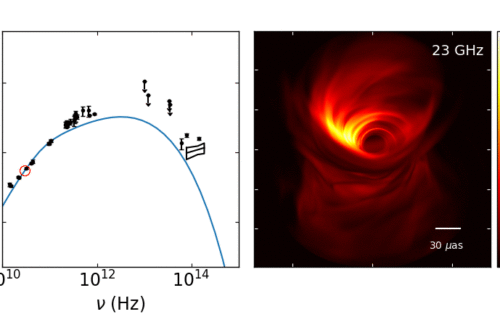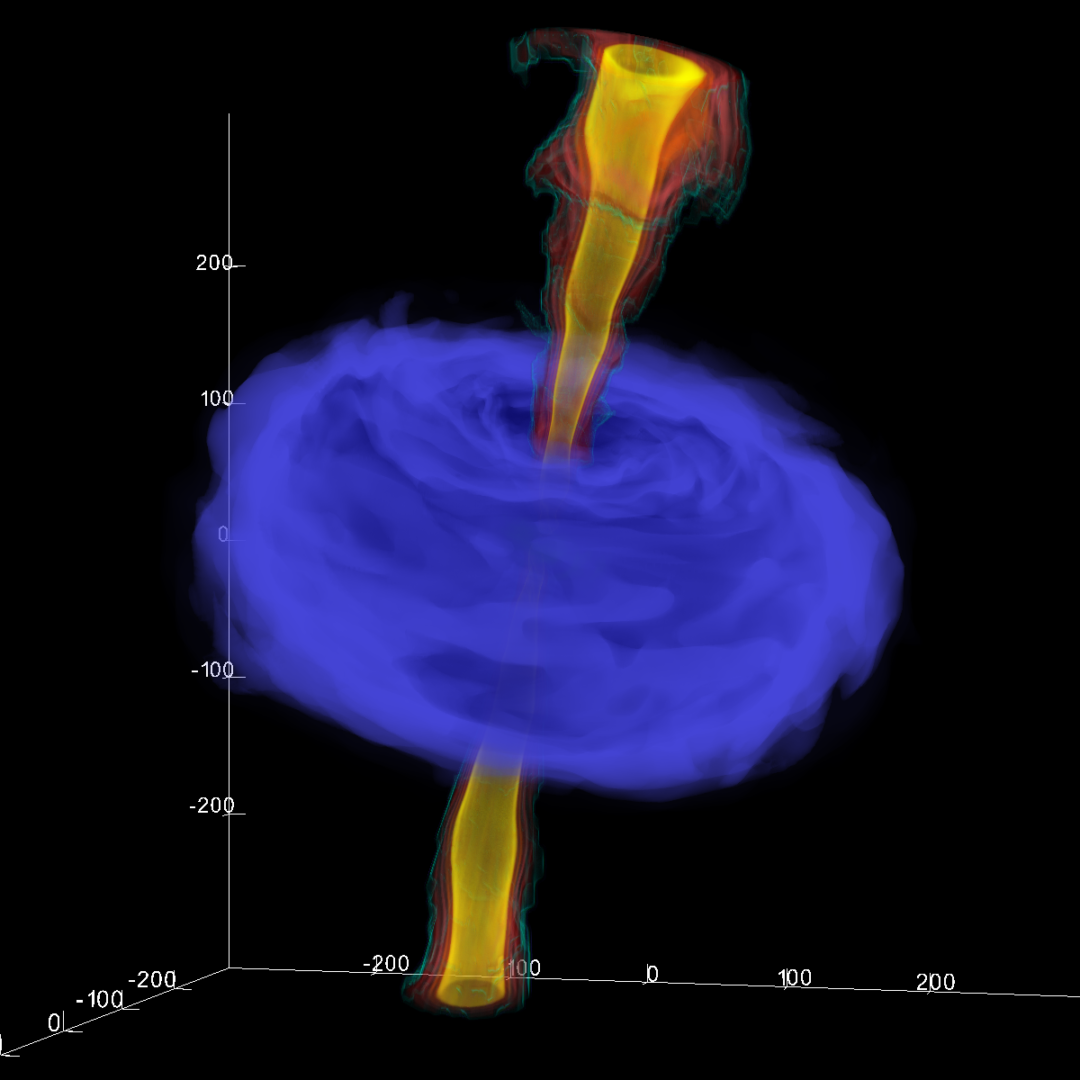As a scientist who works in a black hole research group, I am often stopped on the street and asked “What is the nearest black hole to Earth?” to which I might mumble “Hmmm, oh, hmmm, I’m guessing its perhaps Cygnus X-1 ?”.
( In fact, its not. Cygnus X-1 is simply the first black hole discovered and the one of the brightest sources in X-rays which is why it was noticed in the first place ).
Surely it is the intrinsic properties of astrophysical objects that make them scientifically interesting, such as mass, luminosity or the kind of companions they are associated with rather than things which depend on the observer such as distance. Or so I’ve always thought …
Fortunately, recent research by Kareem El-Badry and their co-authors (“A Sun-like star orbiting a black hole”) using measurements obtained from GAIA satellite shows just how wrong one can be.
Since 2013, the GAIA mission (pictured above by ESO) has measured the position and separation of millions of stars as it moves with the Earth in its orbit. Due to parallax the nearer stars appear to move with respect to those further away and from this distances to those stars can be deduced. In addition the velocity of stars towards and away from Earth (the radial velocity) can be determined by the shift of spectral absorption lines via the Doppler effect.
In their research El-Badry and colleagues are interested in black hole binary systems where a star orbits a black hole. Often these systems have short orbital periods of a day or so and are often detectable by X-ray emission produced when a black hole accretes material from the close companion star. However evolutionary models also suggest the existence of a population of black hole binaries with longer orbital periods and hence more distant companion stars where no material transfer takes place and thus x-ray emission is not detected.
They therefore search 170, 000 binary systems in the GAIA data for large elliptical orbits and the signs of a characteristic orbital wobble indicating the possible presence of an undetected dormant black hole companion. Their best candidate, informally christened Gaia BH1, is just 477 parsecs ( around 1500 light years ) away in the constellation of Ophiuchus. This is the nearest candidate by a factor of 3.
The star in the BH1 system is shown by spectroscopic observations to be G class with a mass, temperature and composition much the same as our own Sun, whereas the orbital solution characterises BH1 as just under 10 solar masses with an atypically long period of 185 days.
Explaining the formation of Gaia BH1 is noted to be a challenge as the unremarkable Sun like nature of the companion star and its wide orbit tends to rule out common scenarios where the star interacted with, and then separated from another star at the end if its life which later collapsed to form BH1.
The BH1 system appears most similar to one black hole binary found in the very different environment of a globular cluster, a dense self-contained assemblage of stars which orbits our own Galaxy, and in which binary systems can exchange stellar companions more easily.
However, the authors also disfavour this mode of formation as their model of the past motion of BH1 over the last 500 million years shows it remains within the Galactic disk away from the orbit of any globular clusters, and moreover the composition of its companion star is at odds with a globular cluster origin.
Therefore they propose an alternative scenario where BH1 was formed from a triple system where the G star was originally somewhat outside a compact binary of two massive stars in a close orbit. In this formation model one massive star could donate mass to the second exposing its helium core which would then collapse to form BH1. Afterwards, the second massive star continues to evolve to form a second black hole or possibly a neutron star. The end result is a triple body system comprising BH1, possibly another compact object which we do not as yet see, and the outer G star. This additional compact object should induce observable radial velocity perturbations in the G star giving a direct test of this formation channel.
In addition, the closer distance of Gaia BH1 to Earth despite the difficulty in detecting it, is of relevance to the formation question as it may imply that these dormant systems are more commonly formed then black hole x-ray binaries with ongoing active accretion. So distance matters after all !
Finally, the next release of GAIA data holds the promise of a search volume which is 20 times greater and which may yield dozens more such dormant black hole systems and really put theories of black hole binary evolution to the test.




